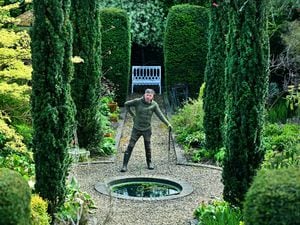Does Robert Clive really deserve pride of place in Shrewsbury?
Robert Clive must be quaking in his big bronze boots.
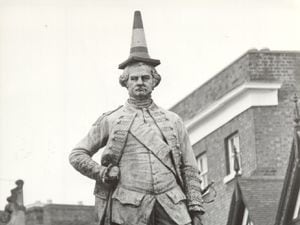
Unashamedly imperialist, capitalist, probably racist as they all were, and a filthy rich exploitative moneybags who was considered a rogue even in his own time.
So bad, in fact, that he only got an Irish peerage – a slight which always rankled – being made Baron Clive of Plassey.
"Clive of India." The prosecution rests.
He wasn't of India – he helped subjugate that country and lay the foundations of the British Empire. He was actually from the village of Moreton Say, near Market Drayton.
See also:
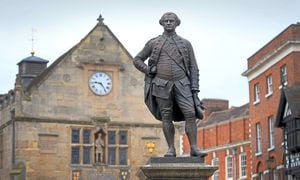
His statue has pride of place in The Square, Shrewsbury. But if in Bristol they can haul down a statue of Edward Colston, how long can Robert Clive stay on top of his perch?
Not that Salopians were in a hurry to honour him in the first place. He died in 1774 but the statue was not unveiled until January 18, 1860.
The man who inspired it was one William Litt of Shrewsbury.
On September 19, 1856, a letter from him appeared in the Shrewsbury Chronicle, in the wake of the enthusiastic reception given to Colonel the Hon. Percy E. Herbert MP on his return from the Crimea.
As Shropshire was prepared to honour a descendant of the great Clive, he argued, wouldn’t it be a good idea to build a fitting memorial to the man himself?
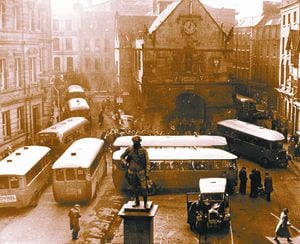
It started the ball rolling and a subscriptions committee was formed. It was hoped that quite a bit would come from India. But the Indian Mutiny of 1857 put paid to that.
So who was Clive of India? He was born at the Styche Hall estate in 1725 and his early adventures bordered on what we now would call juvenile delinquency.
One story tells how he led a gang running a protection racket among Market Drayton’s shopkeepers.
Aged 17 he went out to Madras as a £5-a-year clerk, or “writer”, with the East India Company.
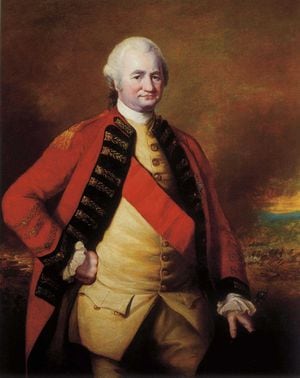
When the French started to try to grab India Clive became a part time soldier and soon became a military star.
His greatest exploit was the Battle of Plassey in 1757, where he defeated the French-backed Nawab of Bengal thanks largely to back-channel deals made off the battlefield.
Clive’s victory was to cement Britain’s control of India and make him the "virtual master of Bengal", his achievements in battle matched only by his ability to line his own pocket.
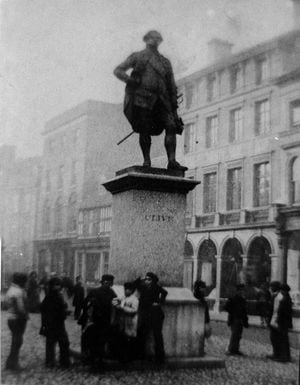
By the time this Governor of Bengal resigned to return home, he had accumulated a vast fortune and is thought to have been the richest self-made man in Europe. But he was soon to face allegations of bribery and malpractice.
The East India Company had watched on and continued to collect taxes as up to 10 million people died of starvation, unable to cultivate their crops, during the Great Bengal Famine of 1770.
Clive gave a moving speech in the House of Commons ending: “Leave my honour, take away my fortune” before walking out on the verge of tears. A sympathetic House all but exonerated him.
He was Shrewsbury's MP, and became the town's mayor.
Clive died aged 49 at his home in Berkeley Square, London.
Although the circumstances are unclear it is thought he stabbed himself in the throat while racked by stomach pains.
He was buried at St Margaret’s Church in Moreton Say but no-one knew where until his coffin was found during work in the church in 1900.
His Shrewsbury statue has suffered occasional indignities over the years, and in 2001 there was a design study which said he was "out of scale" with The Square and suggested moving him to a "more intimate and contemplative space."
Nothing came of it, but if the fate of Colston proves the inspiration, that more intimate and contemplative space might prove the bottom of the River Severn.





